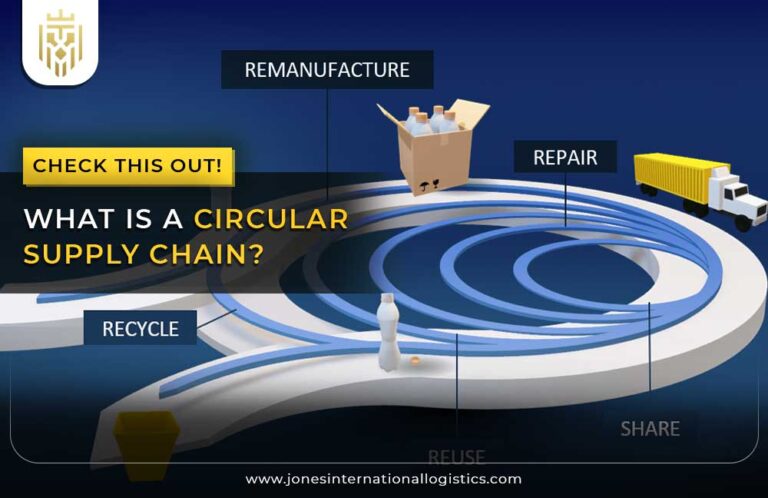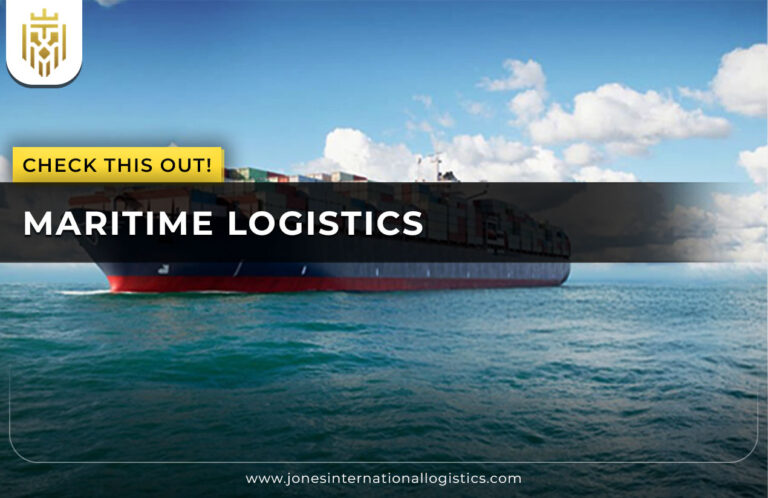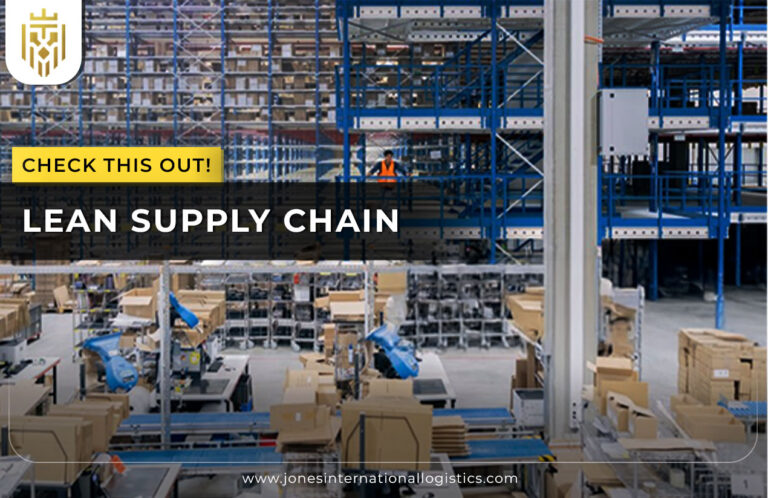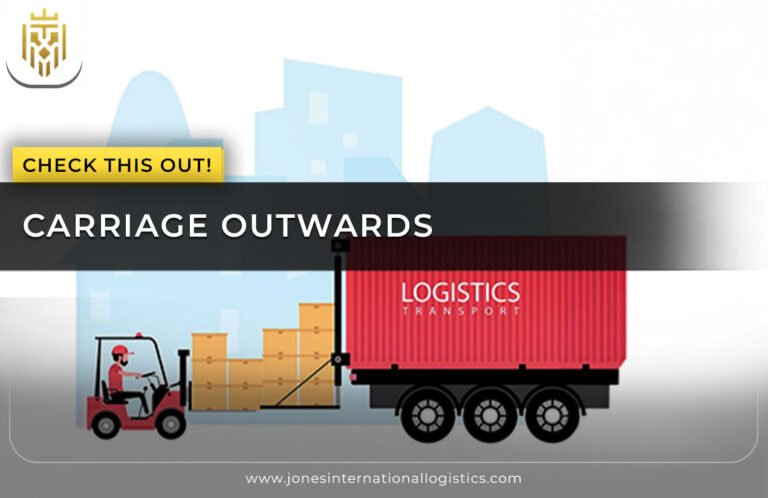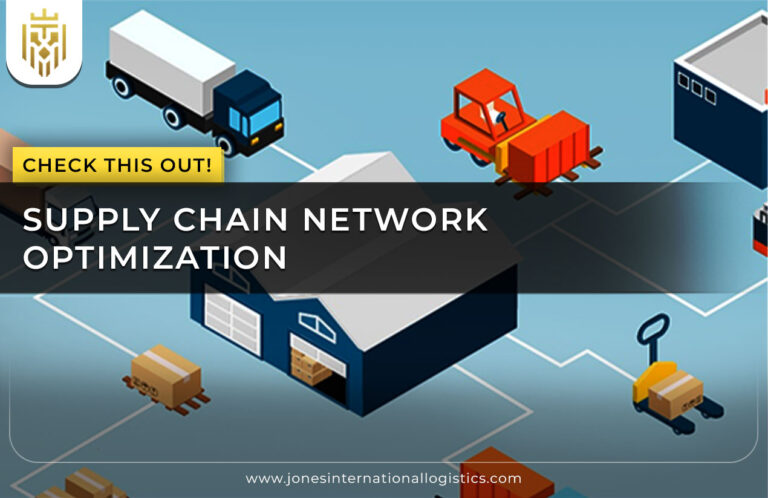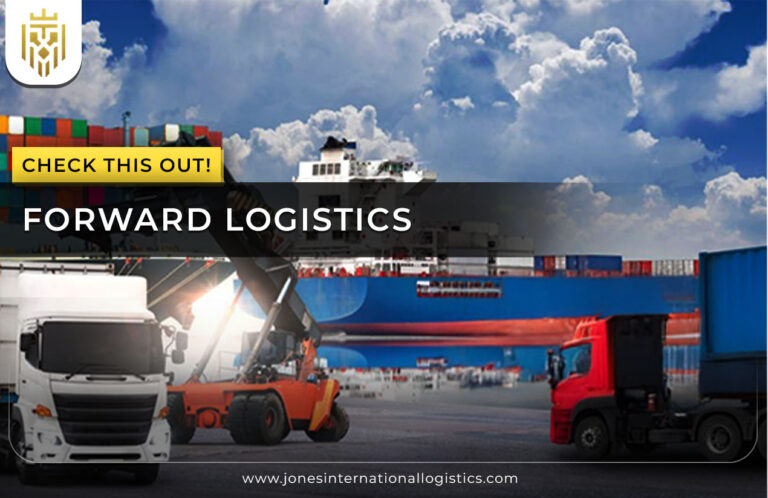Introduction to Logistics
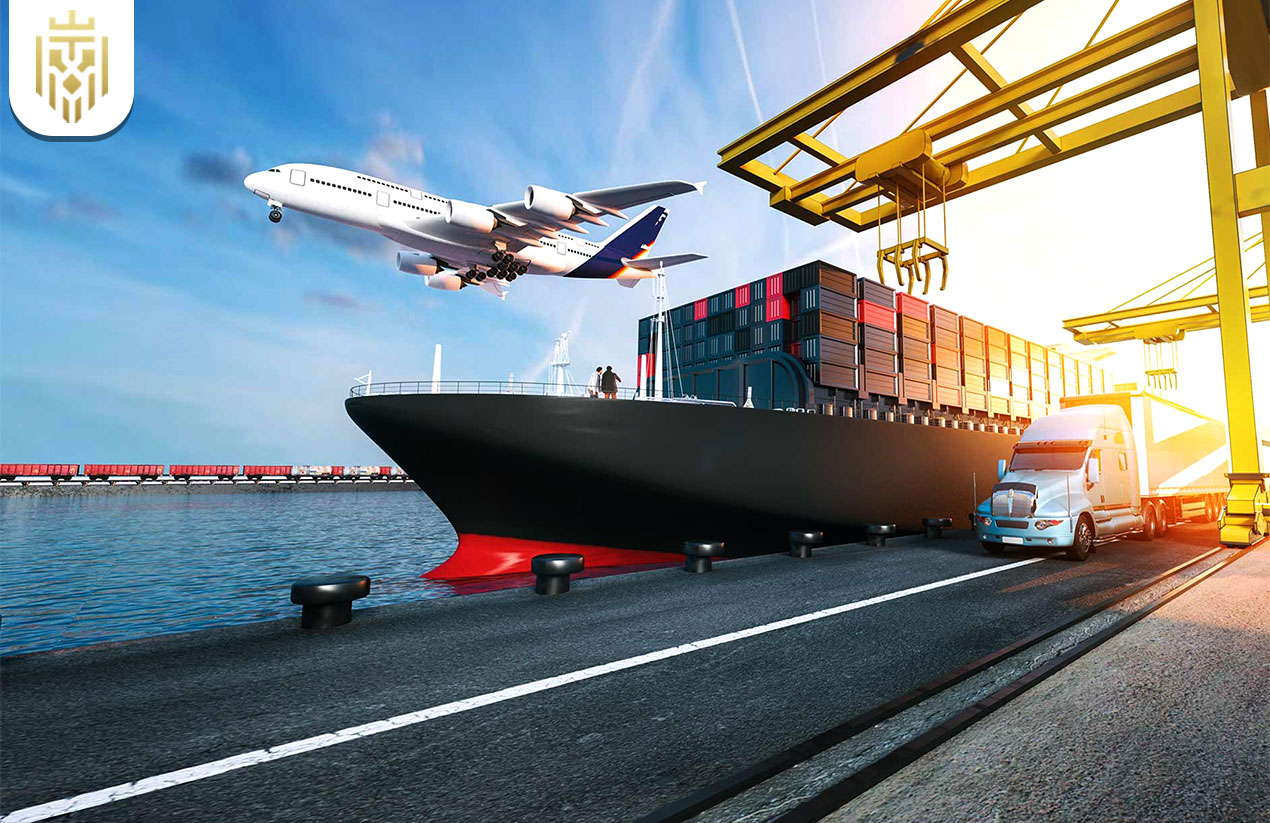
Logistics serves as the core of any supply chain, connecting manufacturers, suppliers, and customers through the seamless coordination of goods, services, and information. It extends far beyond the act of transporting goods. Effective logistics ensures that products arrive at the correct destination, in optimal condition, and precisely when required. This level of precision is driven by a set of foundational principles that guide every decision and execution within the logistics process.
Understanding Logistics Inside Out
Before a logistics operation is turned into a success, a series of interconnected tasks must play their part together. From inventory control and transport to order fulfillment and warehousing, logistics permeates nearly every corner of a business. The functions of logistics have evolved from being a mere glue binding the core functions to a strategic driver that helps businesses respond rapidly, cuts down costs, and meet ever-increasing customer expectations on the fast pace.
Why Logistics Matters for Businesses?
Smooth working logistics system leads to the satisfaction of the customer and operational success. Logistics must be able to prevent wastage, save the delay and ensure that products reach at the time designated, thereby guaranteeing a reputation for reliability on which trust can be built. This bolsters the reputation of the brand and gives companies a competitive advantage in an already crowded market.
7-R’s of Logistics

A widely recognized concept in logistics management is the “7-R” — seven fundamental principles that help shape reliable, efficient, and customer-driven operations.
Right Product
It starts by finding and delivering the exact product that the customer has requested. This involves a true inventory management system and clear understanding of demand. Any mistake here cascades down the chain causing returns, delays, and bad will.
Right Quantity
Deliver less and face scarcity and unhappy customers, while more is a stock buildup at higher costs. Demand forecasting and stock handling must be very meticulously handled to ensure correct quantities.
Right Condition
Products need to arrive perfectly fine, regardless of distance or time in transit. This requires packaging to be secure, and handling and environmental control to be apt during storage and transport, especially for delicate or perishable goods.
Right Place
Time is a critical factor in logistics. Being too early means the risk of non-availability of storage; being late means the client unable to go for sales or production. Using real-time tracking and planning, a company can deliver on time.
Right Time
Timing holds all hands of importance in logistics. When delivery is early, it poses storage problems; an hour late would have an adverse effect on either sales or production scheduling at the other end. Through the twin aids of real-time tracking and optimization in planning, companies can definitely achieve perfect timing over delivery and, henceforth, retain their customer satisfaction.
Right Customer
Understanding and catering to the particular needs of any customer is the focal point of logistics. The delivery may be for large quantities to a retailer or a single item for a private customer; the same logistics process must be adapted to fit.
Right Price
The best operational efficiency level and low cost. Logistics must provide the customer value without deprecating the service. If a balance between operational efficiency and cost can be maintained, the company can price competitively without hurting its margins.
Customer-Centric Approach
Logistics isn’t just about products it’s about people. A customer-first mindset sets top-performing supply chains apart from the rest.
Listening to Customer Needs
Successful logistics starts by understanding what the customer values most. Some may want speed, whereas others may want consistency or special handling. Having a keen ear allows agents to tailor their logistics services to best satisfy such needs.
Ensuring Logistics Aligns with Expectations
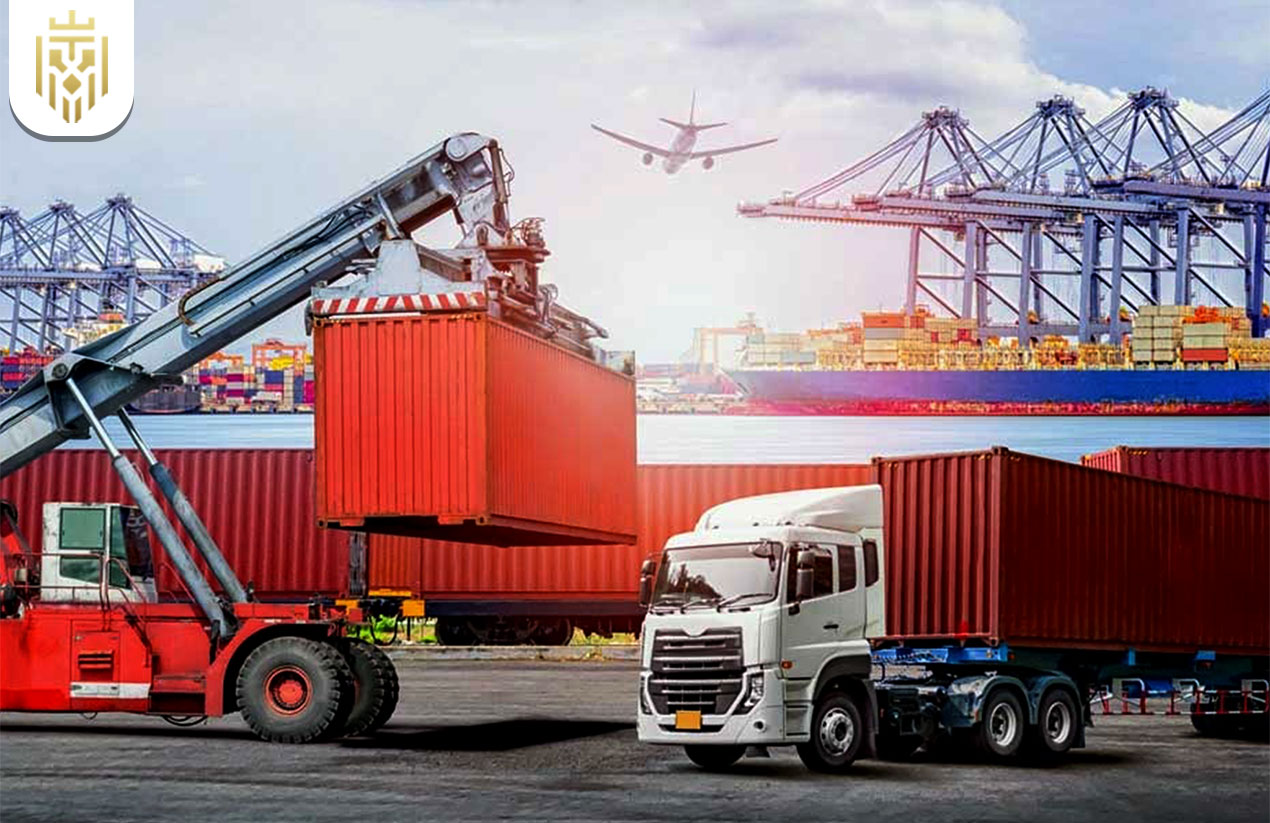
Besides fulfilling delivery basics, logistics must fit into the larger picture of customer expectations. That includes good tracking, informative communication and easy post-sales assistance. If logistics is aligned with these touchpoints, customer loyalty grows.
Operational Efficiency
Slick logistics operations are built on efficiency. They cut through unnecessary steps and avoid waste at every turn.
Minimizing Waste and Cutting Costs
Inefficiencies such as excess packaging, empty truck loads, and idle inventory cause enormous losses. Lean approaches combined with analytical planning thus keep cost levels low while maintaining the quality of service.
Optimizing Resources for Peak Performance
Everything warehouse staff or delivery trucks should perform at its maximum capacity. Logistics operations maximize output with minimum input through technology, scheduling, and process improvement.
Teamwork and Collaboration
Logistics doesn’t operate in isolation. It thrives on coordination across departments and external partnerships.
Promoting Cross-Functional Synergy
From procurement to customer service, cross-functional alignment ensures that everyone is working towards shared goals. Collaboration enhances communication, expedites problem-solving, and deepens the potential for hand-offs gone awry.
Aligning with Supply Chain Partners
Maintaining good relationships with suppliers, carriers, and third-party logistics providers is vital. Trust and transparency within the supply chain act as a lubricant, allowing operations to streamline and fast-track responses to changes or disruptions.
Flexibility and Agility
In a world of unpredictable demand and shifting conditions, rigid systems fall behind. Agility allows logistics to move with the market.
Adapting to Market Changes Quickly
Online orders are spiking or border restrictions are just expected to come into effect. Accordingly, Logistics Responsive can start moving fast. Flexible routing, scalable capacity, and adaptive planning enable this.
Remaining Resilient Amid Uncertainty
From severe weather events to extreme shortages, unanticipated disruptions are the order of the day. Resilient logistics systems respond fast while maintaining service and minimizing impact.
Sustainability and Responsibility
Environmental and social responsibility goes hand in hand with modern logistics. Everyone: customers, partners, or corporate executives expect companies to act with a conscience.
Reducing Environmental Impact
Route optimization, less packaging, and cleaner fuels are among the methods employed to enhance greener logistics. It is the smart way of doing business, which ensures future-proof operations.
Balancing Profit with Ethical Practices
In addition to efficient operations, logistics also has to ensure proper labor practices, emissions, and community impact. Balancing these with profit finally gives you a business that makes money with a conscience.
Continuous Improvement
Logistics is never a finished product. It thrives on change, thought, and adaptation.
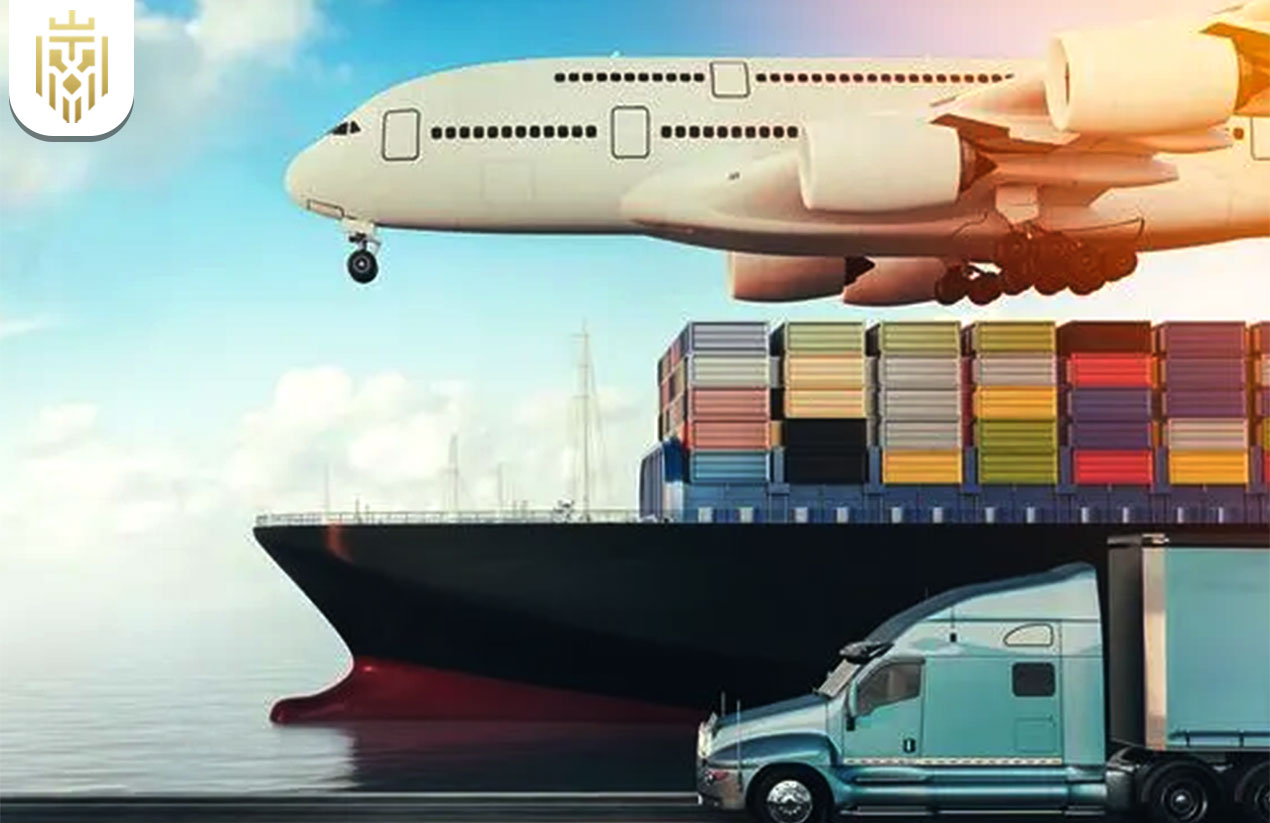
Embracing Learning and Growth
Every delivery service, supplier, or internal system has something to teach us. The most successful logistics teams plant deep roots for a culture fertilized by curiosity and a refocus of attention on what can be done better next time.
Leveraging Feedback for Ongoing Enhancement
Customer reviews, delivery performance data, and end-customer input are all valuable sources of feedback. If logistics refines processes using this feedback, the entire supply chain will grow stronger and smarter.
FAQs
1. What are the 7 principles of logistics?
The 7 principles, or ‘7-R’s of logistics, comprise having the right product, at the right quantity, in the right condition, to the right place, at the right time, for the right customer, and for the right price. These principles are meant to serve in planning and implementing efficient, customer-oriented supply chains.
2.What is the scope of logistics?
Logistics cover the entire flow of goods and services from origin up to the final destination, that is, sourcing, transportation, warehousing, order fulfillment, and customer service. It assumes a strategic role in day-to-day operations, as well as long-term performance of businesses.
3. What are the 6-S’ of logistics?
While there seems not to be a universal definition for the 6-S, they are generally said to stand for safety, speed, service, savings, sustainability, and scalability, which are used as performance measures and improvement levers to the logistics system.
4. What are the ‘7-R’s of Logistics?
They stand for delivering the right product, right quantity, right condition, right place at the right time to the right customer for the right price. These methods are the fundamentals that operate a successful logistics system.

